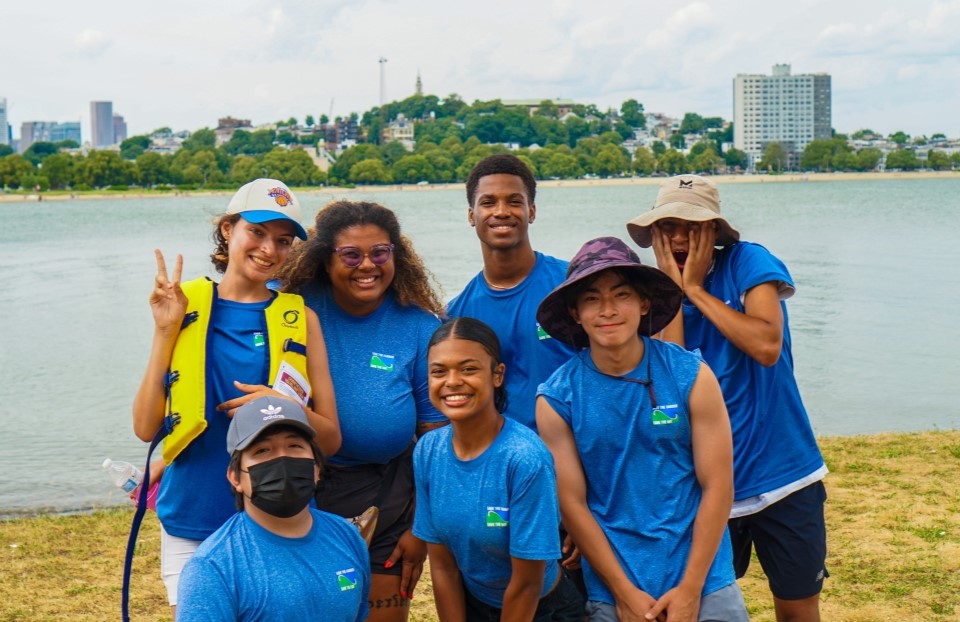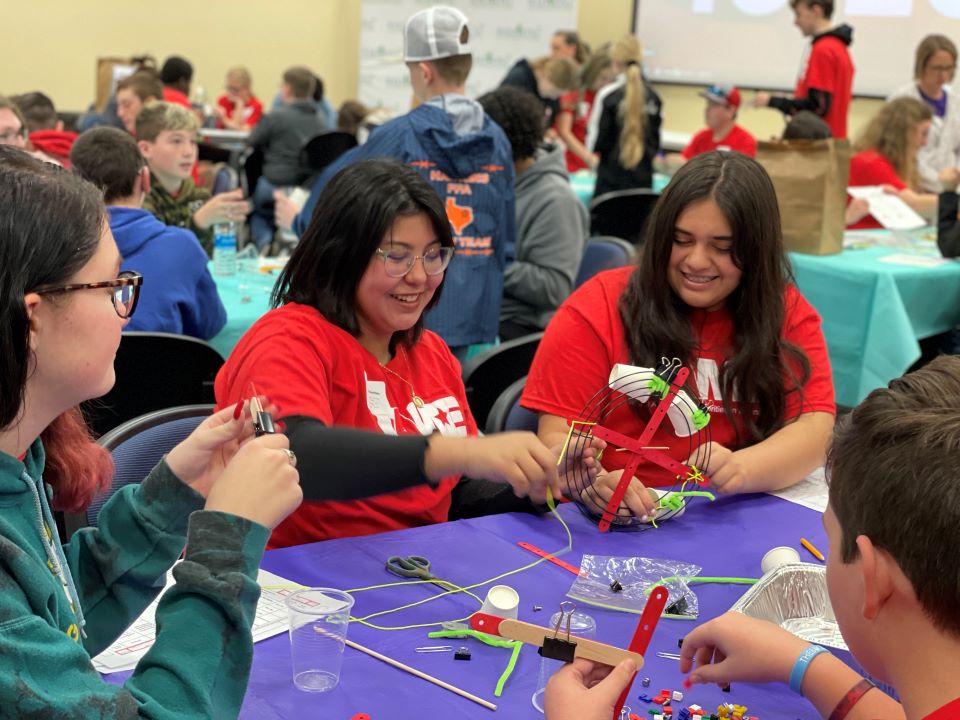Embracing generative AI to individualize learning

This summer, ɫɫ��Ƶ once again welcomed 75 educators from around the country to the Middle School Research Teachers Conference in Washington, D.C. for an all-expenses-paid weekend of peer-led professional development. Selected via lottery, all attendees are full-time middle school teachers who teach at least one STEM course or serve in another role that promotes STEM to their 6th to 8th grade students.
Over the course of the conference, attendees share their experiences and best practices in a wide range of plenary and breakout sessions, exploring topics such as:
- Tools and strategies for managing student research projects and clubs
- Supporting students underrepresented in STEM
- Insights to help students develop research ideas in particular subject areas and scientific fields
This year’s keynote speaker was , the Director of Operations at the at Morgan State University. She is also the Chief Executive Officer of , an artificial intelligence company working to develop solutions to a wide range of challenges in the public and private sectors.
In her keynote address, she gave conference attendees a primer in generative AI, which refers to the deep-learning models that can instantaneously produce high-quality text, images and other content, and is behind new technologies such as ChatGPT and Midjourney. Much has been said about how these technologies will continue to alter the landscape of education for better and worse, perhaps most notably as a tool that can make cheating and plagiarism both easier to commit and harder to detect. Gabriella presented a different perspective, however—giving attendees strategies of how to embrace the potential of generative AI, not in resignation to the continued disruption of educational norms, but rather as a tool to fuel student learning and creativity in previously impossible ways.
As she began her remarks, Gabriella established some important, and interesting, historical context. She noted that while ChatGPT’s ability to instantaneously produce pages of coherent text may seem, and not without good reason, to be a profoundly modern watershed. The history of AI dates back to the 1950’s and has steadily evolved through the decades.
Gabriella explained: “Remember back in the 1980’s, when teachers marched passionately against what device? The calculator. ‘No calculators in school!’ Just as people pushed back against technology back then, many are now on virtual picket lines saying they don’t want these technologies. But there are two ways of looking at it. Instead of seeing it as the enemy, ask how we can leverage it as an asset.”
She then introduced several ideas, strategies and exercises teachers can use in their classrooms to do just that: flip the script and use AI as a tool to individualize learning and achieve better outcomes—prepare them with skills that will become increasingly vital in the future workplace. Here are some highlights from her remarks:
Co-Create the Right Inputs
Work with students to develop prompts that will lead them to more useful and interesting results. By working in tandem with students as they learn to use AI technology, it becomes much more difficult to cheat. By taking the lead on guiding the inputs, teachers can better train students in using the tools, while also creating structure to ensure they use the tools appropriately. Gabriella demonstrated an example of this by having attendees write short stories beginning with a one-sentence prompt in an AI language model. Using AI as a starting point for storytelling can help spur original ideas, and experimenting with different starting sentences can teach students to develop more effective prompts in the future.
Be Aware of Cultural Context
It’s important for both developers and users of AI to make sure natural language processing is sensitive to different cultures, accents and lived experiences. These powerful tools can be dangerous if not deployed ethically and equitably. Just as developers must work to mitigate potential biases in the models, it is important for educators to be vigilant about identifying blind spots and ensure that students develop the ability to think critically and identify possible errors and prejudices in AI outputs.
Embrace Personalization
A great power of generative AI is its ability to conform to the needs of each individual user. From creating to-do lists and study plans, to asking nuanced questions, the personalization of AI can help teachers effectively scaffold instruction to different students with different needs. If educators can give students the skills to use AI to develop better study habits and make lessons more understandable, teachers will be better able to meet each student where they are.
Learn more about the Middle School Research Teachers Conference and sign up to be to attend next year’s conference.


